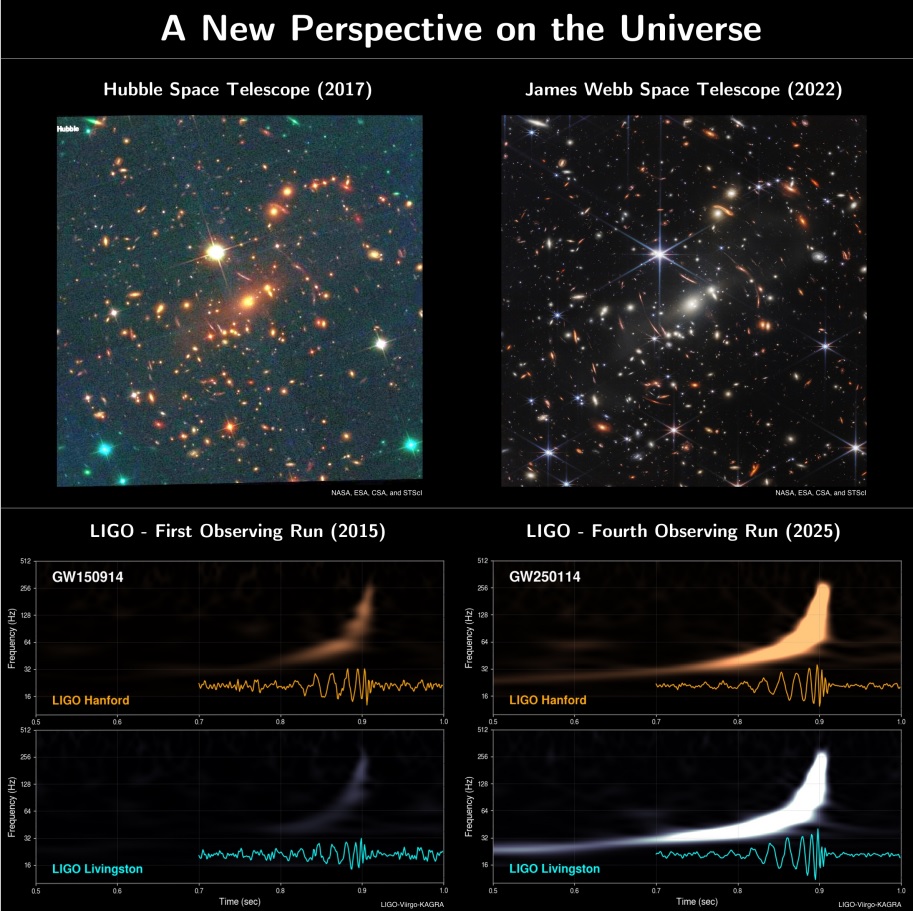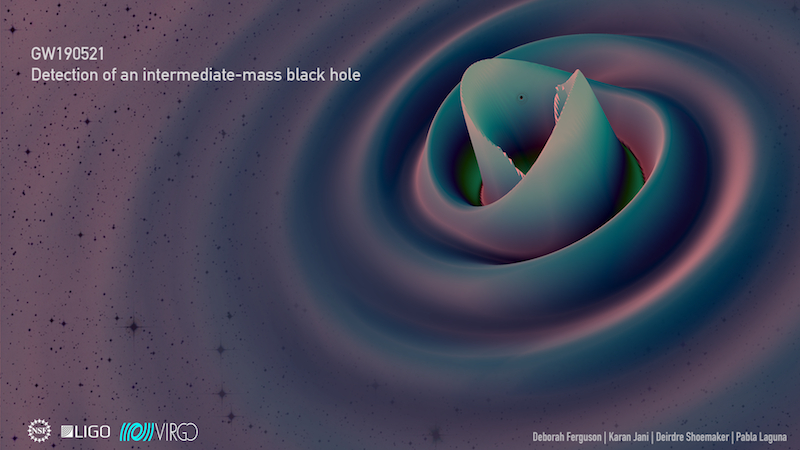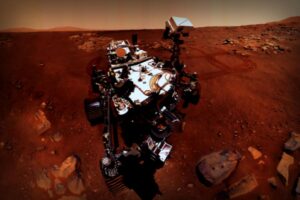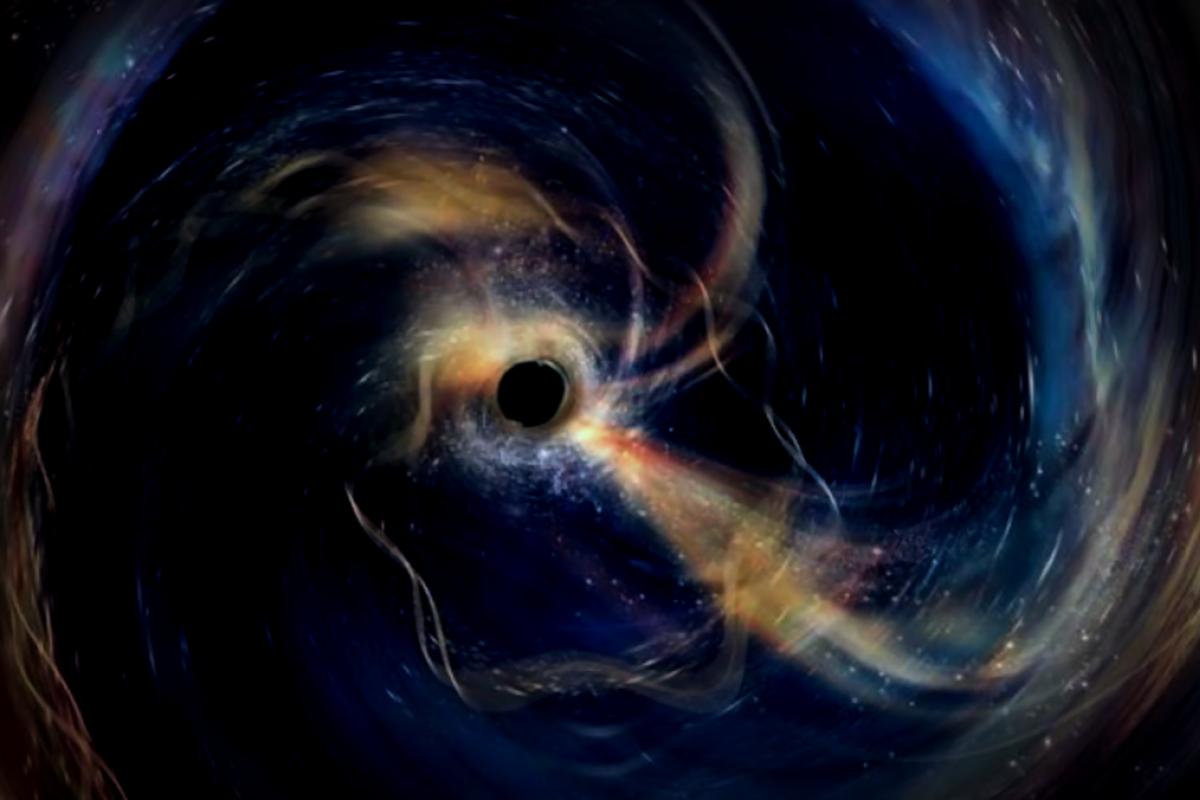The Laser Interferometer Gravitational-Wave Observatory, or LIGO for short, is marking ten incredible years of discoveries related to gravitational waves. This celebration comes with exciting confirmation of long-standing hypotheses proposed by legendary physicists like Albert Einstein, Stephen Hawking, and Roy Kerr. What’s even more thrilling? We might just be inching closer to unifying theories of gravity and quantum mechanics!
LIGO’s recent success comes from its ability to detect gravitational waves—those tiny, elusive ripples in the fabric of spacetime. These waves were first theorized by Einstein back in 1915 through his groundbreaking theory of general relativity. Recently, the observatory identified new waves generated by the collision of two black holes, each roughly 32 times heavier than our sun!
On September 14, LIGO will officially celebrate its first detection of a gravitational wave— now called GW150914— which took a whopping 1.3 billion years to reach us. This event marked the dawn of a whole new style of astronomy, one that focuses on “listening” to spacetime vibrations from colossal cosmic events instead of relying solely on the light traditionally used by astronomers. Following that first finding, LIGO, along with its partners Virgo and KAGRA, has recorded multiple gravitational wave signals from various black hole mergers and even intersections of two neutron stars. There were even a few unusual “mixed mergers” featuring a neutron star colliding with a black hole.
Maximiliano Isi, part of the LIGO-Virgo-KAGRA team at the Flatiron Institute’s Center for Computational Astrophysics, shared, “This is the clearest view yet of the nature of black holes. We’ve found solid evidence that astrophysical black holes resemble those predicted by Einstein’s theory of general relativity.” Some of the fresh findings hinge on the newly detected signal known as GW250114, which stands out as one of the most distinct gravitational wave signals identified to date. Geraint Pratten, a researcher from Birmingham University and also part of the LIGO team, captured it best by saying, “GW250114 was the loudest gravitational wave we’ve detected so far; it was as if a whisper turned into a shout. This provided us a unique opportunity to rigorously examine Einstein’s theories, particularly benefiting from Stephen Hawking’s innovation that the combined area of event horizons in merging black holes must always grow.”
Validation of Black Hole Theories From Gravitational Wave Research
This new gravitational wave signal hasn’t just made a quiet entrance under an alias; it has made a strong place among other signal detections.
As it turns out, the preceding black holes had a comparable total surface area of nearly 93,000 square miles, similar in size to the entirety of the United Kingdom. However, the remarkable daughter black hole born from the merger turned out to be much larger, clocking in at around 154,000 square miles— that’s about the size of Sweden!

Another ace up this research’s sleeve comes from Roy Kerr, a mathematician from New Zealand, who brought us Kerr geometry, explaining how empty space wraps around a spinning black hole. After black holes collide, they enter a phase known as a ringdown, during which the new black hole emits gravitational waves at very specific frequencies— almost like it’s trying to find its voice. Kerr suggested that to understand the voice of a black hole, we need to take into account just two simple factors: its mass and its rotation.
This simplicity sets black holes apart from other celestial objects, which generally require a multitude of characteristics to understand their nature. For instance, a black hole that’s a billion times as massive as the sun can be described entirely by those two numbers: mass and spin.
Gregorio Carullo, a member of the LIGO-Virgo-KAGRA team and also at Birmingham University, explained, “Thanks to the clarity of the GW250114 signal, we could decipher two distinct ‘tones’ of the black hole. We validated that their behavior aligns with Kerr’s predictions, providing solid evidence for the Kerr description of black holes that we observe.”

Patricia Schmidt, part of the LIGO-Virgo-KAGRA team from Birmingham University, stated, “We have detected a black hole pair with characteristics similar to GW150914, but three times more powerful— all within a decade of our initial groundbreaking discovery. This is due primarily to the technology enhancements we’ve activated, which are paving the wave for precise gravitational wave astronomy.”
Regular and focused improvements have been key to LIGO’s evolution. With two primary detectors set up in Washington and Louisiana, coordinating the measurement of spacetime distortions so fine they are just 1/10,000 the width of a proton, or 700 trillion times thinner than a human hair.
Kip Thorne, a pioneer in black hole theory and a Nobel Prize-winning physicist (joined awards with Rai Weiss and Barry Barish for their work with LIGO) reflecting on the predictions for LIGO back in 1972, stated, “When Rai proposed the idea, I was skeptical at best. It took several discussions and years of lingering thoughts to even entertain that the project had a shot at success— that battery of overcoming noise to pick our signal was extreme, virtually requiring innovation beyond anything available.”
Imagine if Einstein himself could view this incredible technology; even he assumed we would never craft an instrument capable of detecting the subtlety of gravitational waves!
Aamir Ali, a National Science Foundation (NSF) program director, added, “Just a decade back, LIGO opened our eyes to gravitational waves, transforming our perspective of the universe. There’s an entire universe to nagivate with this novel viewpoint, and these discoveries strongly indicate that LIGO has only just begun!”
LIGO plans potential enhancements, including an additional detector set to be constructed in India, which promises to elevate the precision and accuracy in determining sources of gravitational waves.
At this impressive milestone, one cannot help but wonder how thrilled the likes of Einstein, Hawking, and even Weiss, who passed just last month, would be to see LIGO affirming their groundbreaking theories. Thorne noted, “If Hawking were alive, he would undoubtedly enjoy witnessing the increase in the merged black holes’ surface area.”
The team’s findings hit the journals on September 10, published in Physical Review Letters.


















